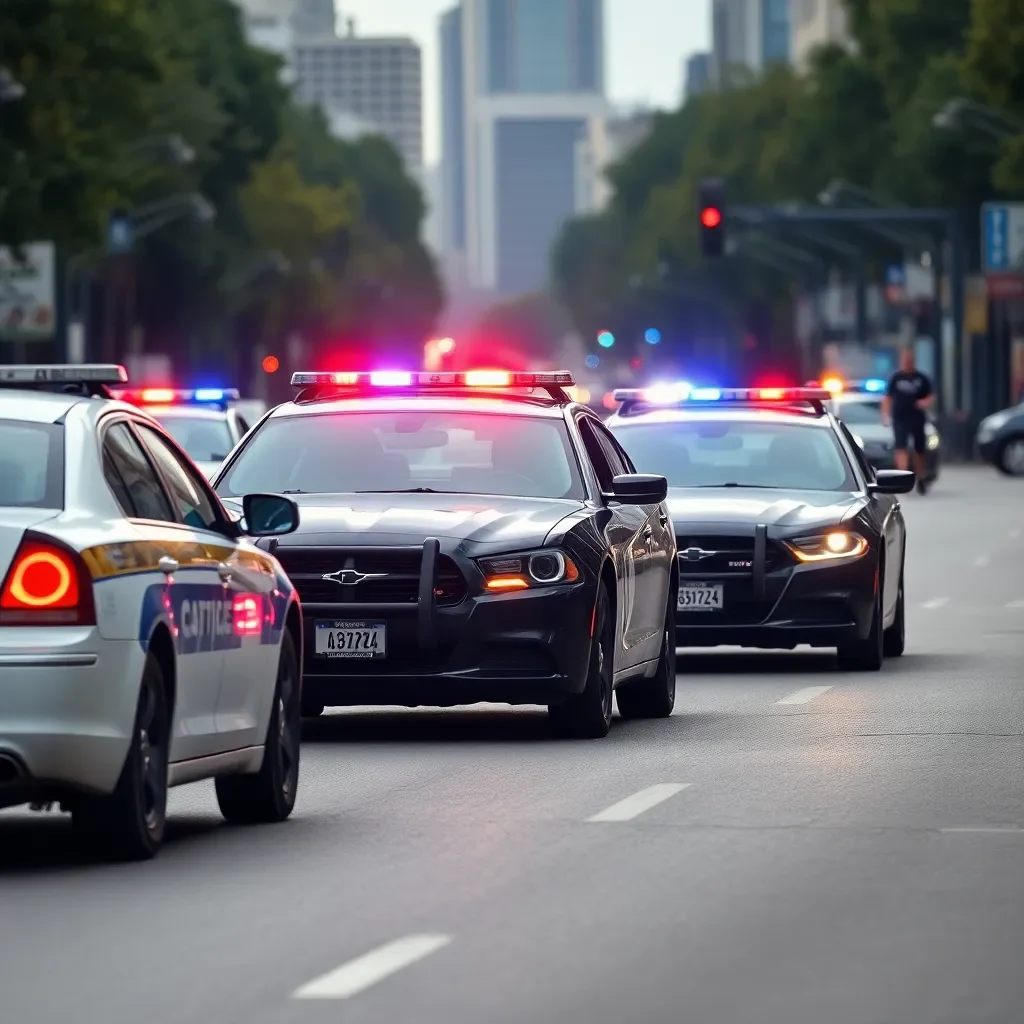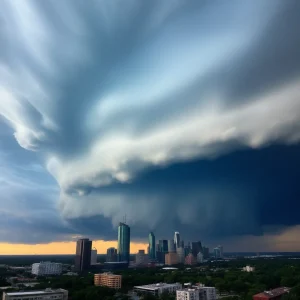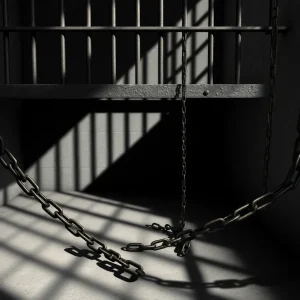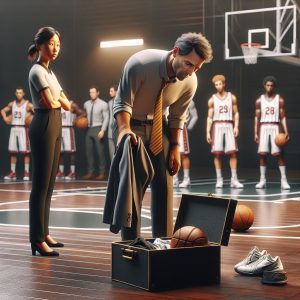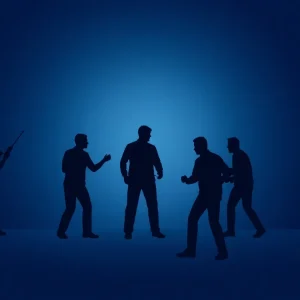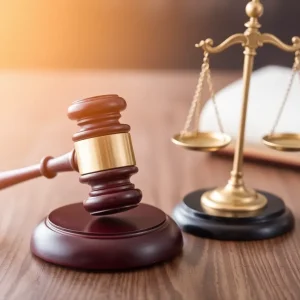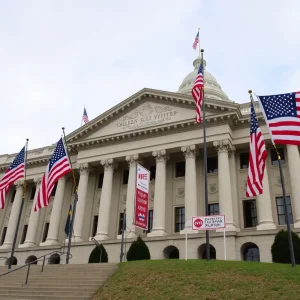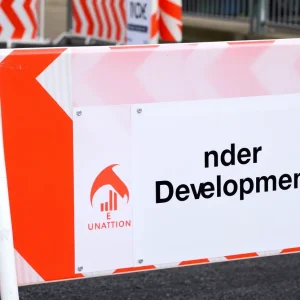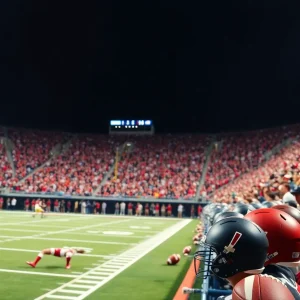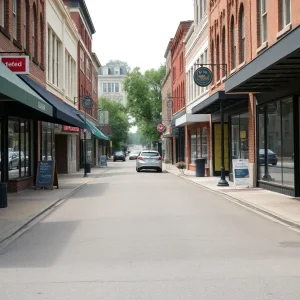Police Pursuits in South Carolina: What You Need to Know
Charleston, SC – In recent days, the topic of police pursuits has dominated conversations following a couple of serious incidents in the Lowcountry that left communities shaken. These high-speed chases often bring excitement and tension, but they also come with risks that local law enforcement agencies take very seriously.
Understanding the Risks
Jackie Swindler, the Director of the South Carolina Criminal Justice Academy (SCCJA), recently shed light on the intricacies of police pursuits. According to Swindler, “Good training and then holding people to it” is essential for safer policing. The SCCJA emphasizes the importance of teaching future officers how to handle all kinds of driving situations with precision and responsibility.
Understandably, pursuits are often considered a necessary evil by law enforcement agencies. However, the question arises about how to conduct these pursuits safely and effectively, especially when they cross different city limits. Swindler explains, “A municipality will generally pursue three miles outside of their city, but they can go to the county line of the county that they’re in.” This means that if a chase begins in one town, it may not necessarily end there if the suspect continues to flee.
Jurisdiction and Policy Variations
The policies about how far officers can chase a vehicle can vary significantly across agencies. For instance, if a county police department is in pursuit, they can continue into an adjacent county, but state police have a broader reach. “State police can pursue throughout the state,” Swindler clarified. “So if the highway patrol is involved, they could go from jurisdiction to jurisdiction because they have statewide jurisdiction.
But here’s where it gets even more complicated: Each law enforcement agency has its own guidelines, which can range from very strict to more lenient based on various factors that must be assessed quickly in the heat of the moment.
Factors Considered During a Pursuit
Swindler points out several key factors that officers must evaluate when deciding whether to pursue a suspect. “How well maintained is your vehicle? Is it safe for you to operate that vehicle? And then of course, watching the actions of that violator—are they just fleeing at high speed, or are they driving recklessly and dangerously?” These split-second decisions can mean the difference between a successful stop and a tragic accident.
Calls for Legislative Changes
After the recent events, there’s also been chatter among law enforcement officials about the need for tighter regulations on fleeing from police. Swindler believes that making it a much more serious offense could help mitigate the risks associated with high-speed chases. “I would love to see the legislature make fleeing from police a much, much more serious offense,” he remarked.
This push for stricter laws comes as officers work continually to balance public safety with their responsibilities to catch those breaking the law. There’s a growing sentiment that with the right training and accountability measures, the dangers linked to police pursuits can be significantly reduced.
The Road Ahead
As South Carolina continues to grapple with the complexities of police pursuits, officers and lawmakers alike are facing the challenge head-on. By focusing on better training and evaluating the current laws governing police chases, there’s hope that public safety can be prioritized while also ensuring accountability for those who attempt to evade law enforcement.
Though the thrill of a police chase may sound lively in movies and TV shows, the realities are much graver. It’s a delicate dance of law enforcement balancing the need to apprehend criminals with the utmost safety for everyone on the road. As discussions continue, we can only hope for solutions that work best for the community.



